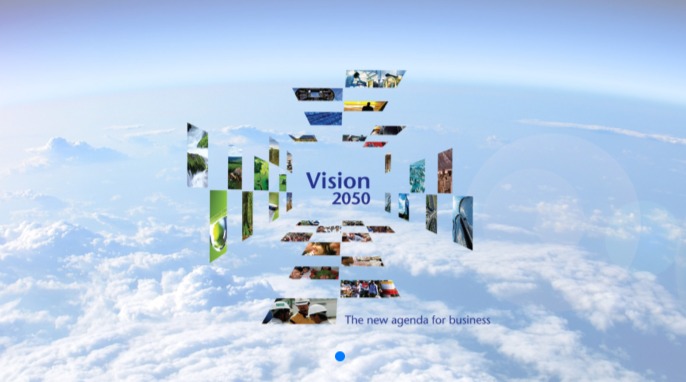Agnostic Design: Five Ways to be Agile

Good Design is Obvious. Great Design is Transparent
Joe Sparano | School of Art & Design, Washington
The popularity of agnostic design is on the rise, from architecture to technology development, and as the events industry enters a new era of required flexibility, we review the best practice tips we are using when planning brand experiences for 2022.
The principle of good agnostic design is ‘designing for everything will lead to better design for everyone.’ In the events world, we see this as designing an event that offers a seamless experience across many formats, be it live, virtual and hybrid without the need for special adaptations.
Here are our go to tips when designing events agnostically:
- Audience
- Knowledge is power my friend, and the best design starts with really drilling down your event demographics. Who is attending, from where and why will they be there? Once you know what a) your visitors want from attendance and b) what your brand wants to tell them, you can start designing how and where you provide that info.
- Key areas of research such as geography and guest profiling should be backed up by actual advanced dialogue with guests in advance to see what works for them
2. Build on Key Principles
- What are the core features of the event. Ensure they are replicated in all formats.
- What are the constraints? If something can’t be designed virtually, can the live version be changed up?
- What issues could guests face accessing the content they need? This relates more to live now as navigating virtual info has become increasing streamlined.
3. Review Efficiencies
- Agree the key elements and layouts that you cannot be without. The messages that must be imparted. How can those elements be repurposed across any event; live, virtual, hybrid.
- How can those elements be successfully told. Like us, are you seeing a rise in video content? What interactions are needed between brand and guest for the event to be a success – focus on generating those.
4. Consider Experience Translation
- How will the experience translate across different formats? Some ideas may work brilliantly for a live event, others for virtual. Focus on those experiences that translate for both.
- Drill down the consumer experience journey, keep it simple and effective. Go back to those key elements, how can you make them stand out?
- Keep your messaging, visuals and interactives coherent. Make sure you consider the overarching experience a guest will have regardless of what format they are using.
5. Challenge your Thinking
- The process above of progressive enhancement within event design is evolving all the time as event strategists apply a consultative approach to building next gen experiences.
- But there also needs to be a little fun. As with everything new, excitement and energy can flip the process.
- A agnostic design framework is there to help us break from restrictive thought patterns and the pre-conceived ideas we may have. It is is based on an problem-solving first approach which means getting creative. And that’s why we love it so much.
We hope you find our top tips useful. Planning brand experiences using agnostic design is a complex process so if you have any questions , please just drop us a line.
Design is not just what it looks like and feels like. Design is how it works.
Steve Jobs | Apple Inc


